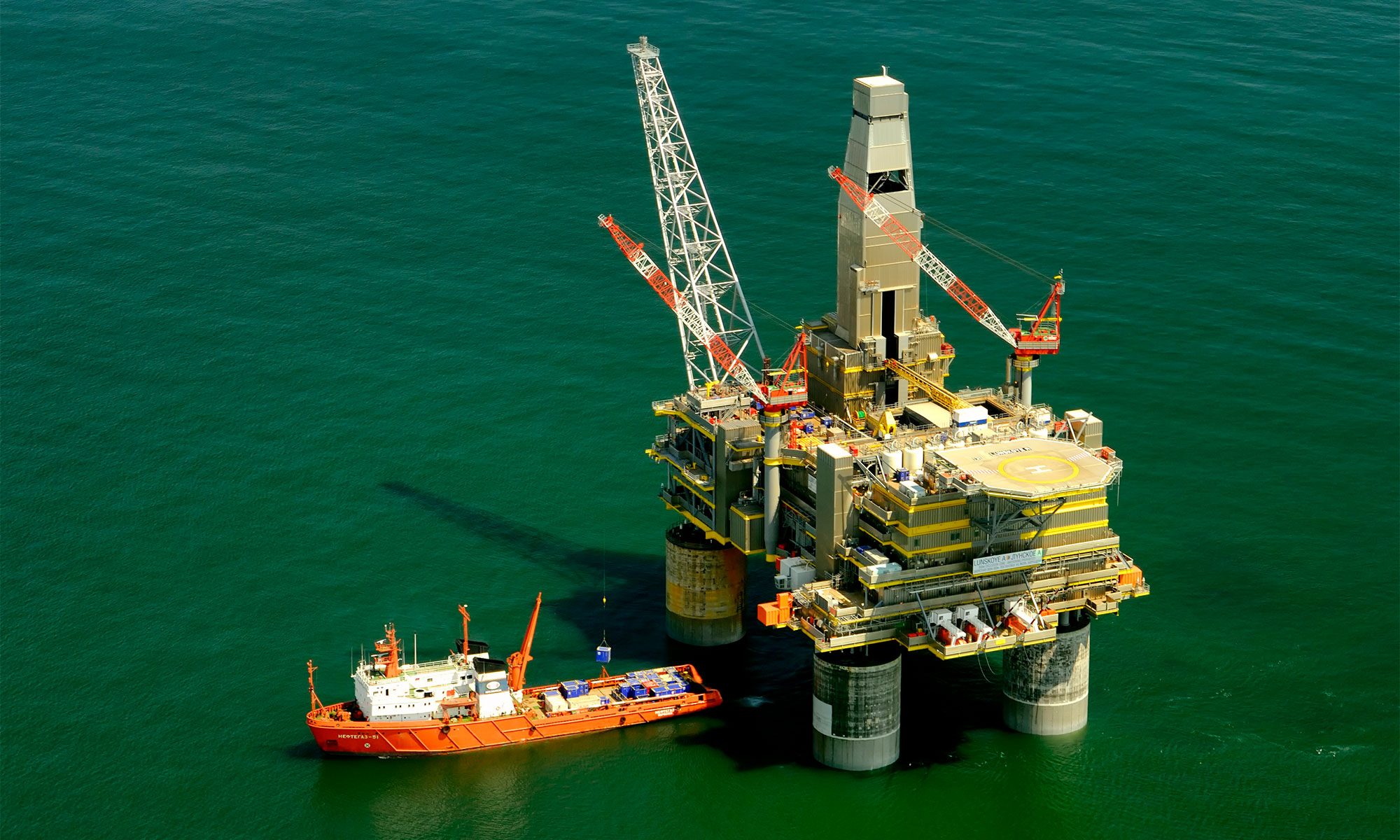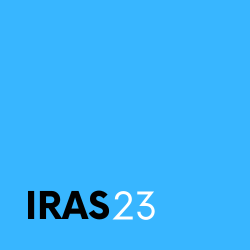The conference will be held in presence at the
Faculty of Mechanical Engineering,
University of Belgrade (UBG)
Kraljice Marije 16, Belgrade, Serbia (Google Map)
Serbia’s capital is one of Europe’s oldest cities. Ruins of a Neolithic settlement have been unearthed nearby, while the first settlement on the site of the modern city was the Celtic town of Singidunum, which was built here in the 3rd Century BCE. The city changed hands with the arrival of Romans in the 1st Century, only to be conquered by Slavs in the 6th Century. Throughout history many nations have fought over it – Hungarians, Ottoman Turks, Austrians – resulting in the city being razed to the ground and rebuilt as many as 38 times throughout its history. In 1841, Belgrade became the capital city of Serbia.
What gives Belgrade its unique identity is its location: it lies at the confluence of two large rivers, the Sava and the Danube, with popular promenades on their banks. This is an area lined with parks, dotted with many restaurants and cafés, most of them on river barges, with stunning views of the river and the city itself.
Boasting works created by renowned Serbian and international street artists, the Savamala district, nestled on the banks of the Sava, is a bustling area full of galleries, culture centres and coffee houses with live music. Unsurprisingly it’s chilled vibe lures visitors to spend time relaxing away from the urban hustle.
A little further away, on the banks of the Danube, you will find Dorćol Plac, a culture centre with a year-round succession of plays, art workshops, concerts and many other culture and art events.Those who crave a good time on a night out are sure to find it at one of Belgrade’s many night clubs with trendy music and top-notch entertainment, or at the traditional coffee houses with live music and songs whose lyrics you may not understand, but which will prove entertaining. Its internationally famous nightlife has earned Belgrade the reputation of a city that never sleeps!

